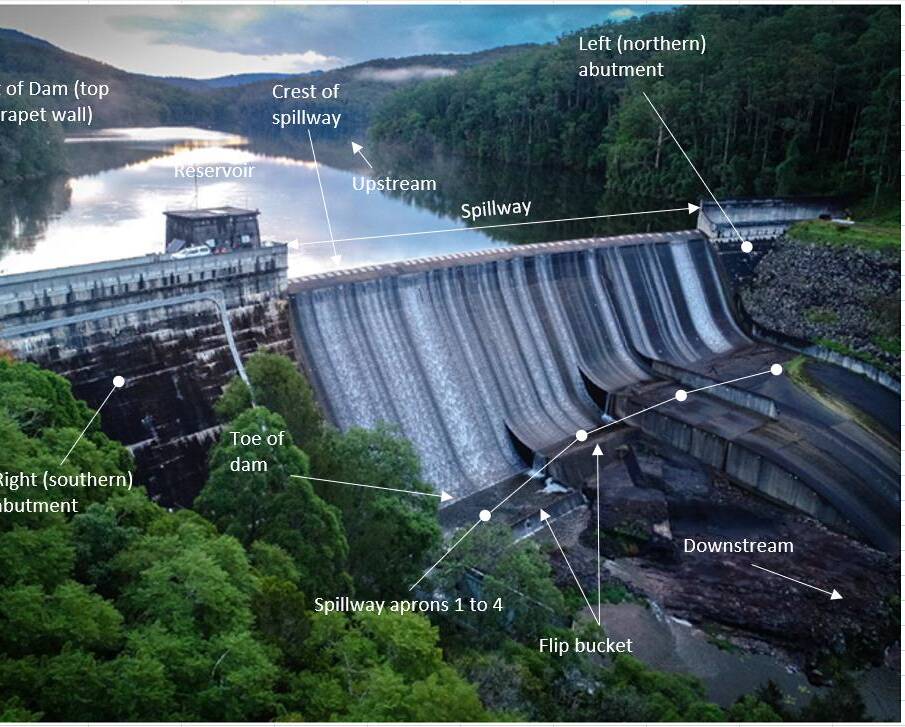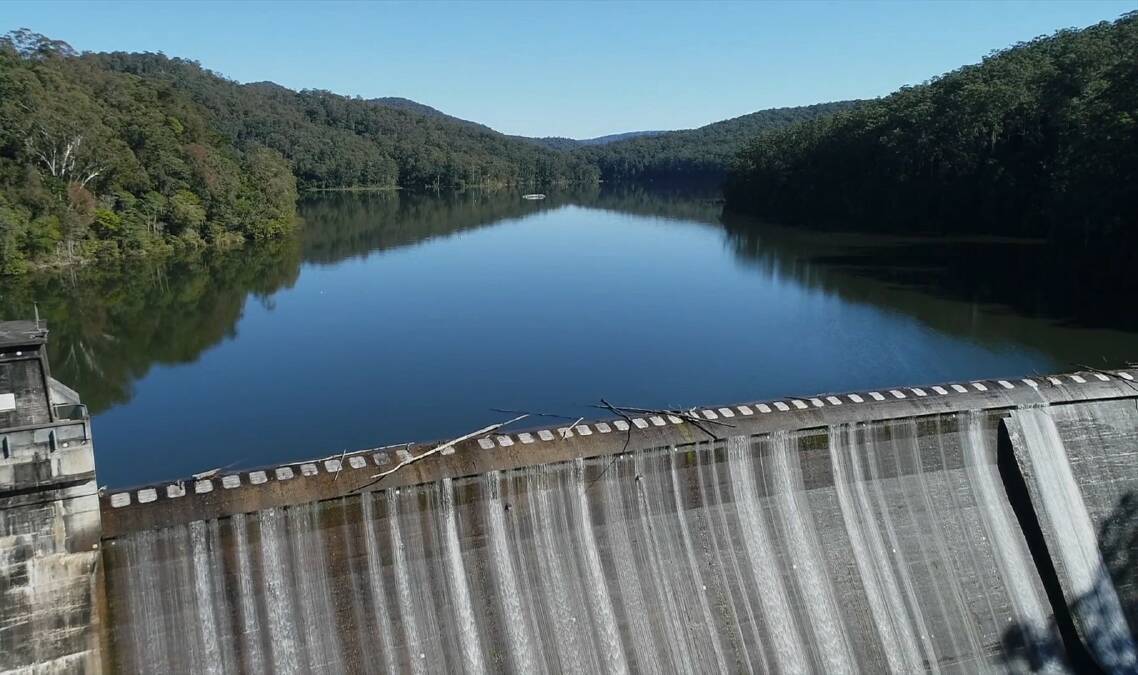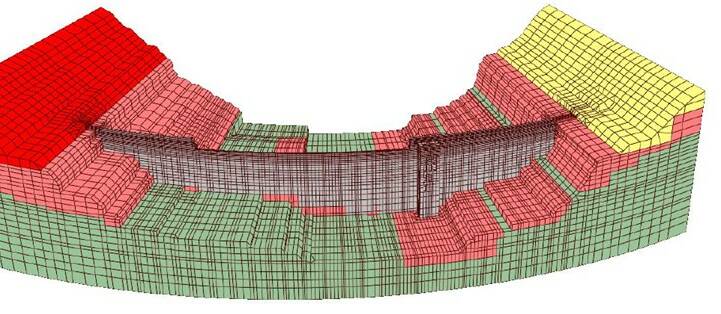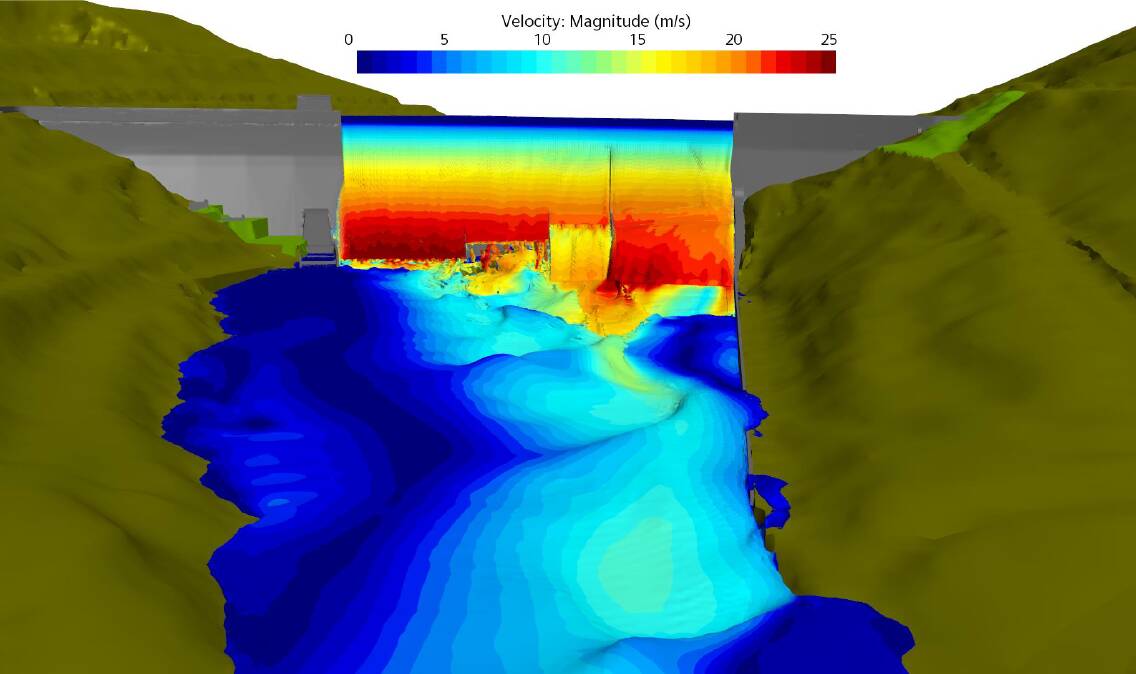
Hunter Water will upgrade the stability of Chichester Dam after a new assessment identified potential risks associated with an extreme stress event.
The 18,000 megalitre dam was designed and built in the 1920s and provides about 35 per cent of the Lower Hunter's water supply.
The risk assessment looked at how the dam would respond to rare and extreme events such as extreme flooding or earthquakes.
It used geotechnical surveys and high-powered LiDAR to generate 3D 'finite element modelling' of the dam structure and foundation to help gain an insight into how it would respond to different scenarios.
The process identified issues relating to the dam structure that require actions to ensure it continues to operate safely for decades to come.






"I want to assure the Lower Hunter community that Chichester Dam is safe for normal, daily operations just as it has been for almost 100 years, and there is no immediate threat to community safety during regular conditions, nor to our drinking water supply," Hunter Water managing director Darren Cleary said.
"Given the age of Chichester Dam, the impact of climate change, advances in dam technology over time and the appropriately thorough nature of the risk assessment, this finding is not unusual, and it is not unexpected that actions are needed to ensure the dam operates safely for many decades to come.

"This is the first time we have carried out a risk assessment in this way, under the new Dam Safety regulations, and the latest scientific and engineering methods informed the risk assessment."
Mr Cleary said the Hunter Water was working through the report's recommendations and had already commenced some interim works.
Long term options could take between five and 10 years from initial investigations to construction.
The interim works and construction investigations include:
- upgrading concrete on spillway aprons, as detailed in the report recommendations
- increasing flushing frequency of pressure relief drains and further enhanced monitoring
- installing additional modern monitoring equipment
- hydrologic (converting rainfall to runoff) and hydraulic (flow/movement of water) modelling
- site surveys and geotechnical investigations, including boreholes, to collect and test soil samples.
Residents and property owners immediately downstream of Chichester Dam have been invited to two community drop-in sessions to discuss the report's findings and its implications.

"We have invited them to two community drop-in information sessions we're holding at the Bandon Grove School of Arts on Wednesday, 16 August and Saturday, 19 August.
"We encourage the local community to come along to find out more about the findings and recommendations and to ask the project team questions," Mr Cleary said.
A similar report is being prepared for the region's largest water storage at Grahamstown. The report is expected to be delivered in about six months.







